Dwarf barberry: description and varieties, planting and care

Barberry is a fairly popular ornamental shrub - it is often found in gardens because of its versatility and attractiveness. Dwarf barberries deserve special attention, they are great for forming a variety of landscape compositions. In the article, we will consider the description and varieties of low-growing barberries, as well as the subtleties of planting and care.
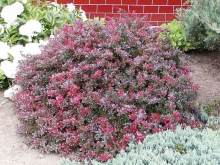
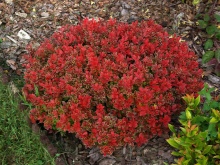
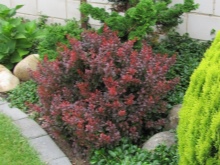
Peculiarities
Barberry is an evergreen shrub that is in high demand among gardeners. It can be both prickly and deciduous. Dwarf barberries are decorative, it is they who are used more often than other varieties for group or single plantings. Low-growing varieties look great on rocky hills.
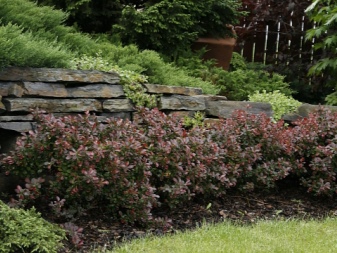
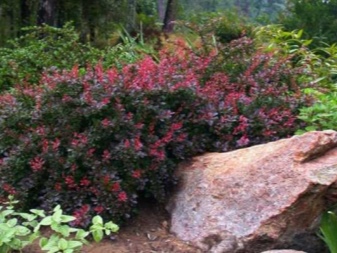
Dwarf barberries are characterized by a low height. They reach a height of about 30-50 cm. The leaves can be different: alternate, simple or leathery. Barberry blooms with corymbose or carpal inflorescences of golden yellow color. At the same time, miniature inflorescences are characterized by fragrantness. Barberry bloom begins in mid-May.
The fruits can be of various shapes and colors. The foliage of dwarf barberries does not have to be green. Low varieties with yellow or purple leaves look very nice.
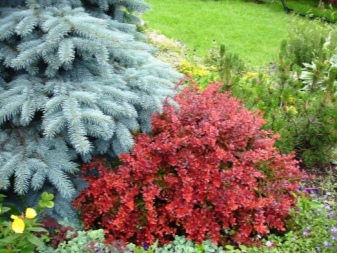
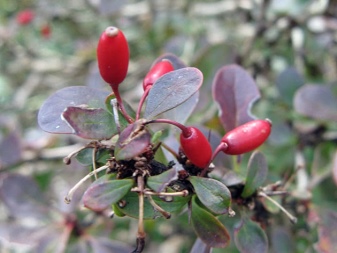
Varietal variety
Dwarf barberries are characterized by slow development, are characterized by compactness, so they practically do not require pruning, while maintaining an attractive shape. Consider the most famous varieties of dwarfs among the Thunberg barberries.
- "Bagatelle". This shrub has a rounded shape. In height and width it reaches no more than 40 cm. Small leaves are only 1 cm long. The bright purple color distinguishes this variety from others. The plant blooms in bunches of light yellow flowers. Already at the beginning of autumn, fruits are formed. Berries of this variety are widely used in cooking.
This variety perfectly tolerates high temperature conditions, but freezes at sub-zero temperatures.
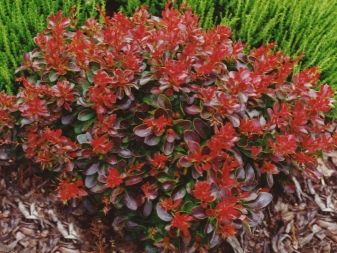
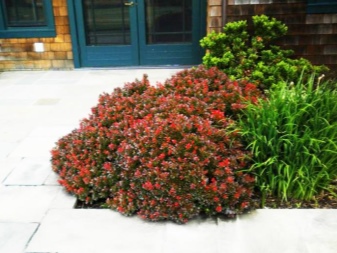
- Atropurpurea Nana. It is a red variety as it has red leaves. With good care, the plant grows on average by no more than 15 cm per year. This variety has a flat-round crown. If we consider an adult plant, then it will be 1 m wide and 0.6 m high. Small leaves attract attention with a purple-red tone in spring and summer, and already in autumn they turn red. This variety blooms for only 14 days in May. Outwardly, the flower is red, and inside it is yellow. The bright red berries appear at the end of September.
Such a bush should be planted in sunny areas.
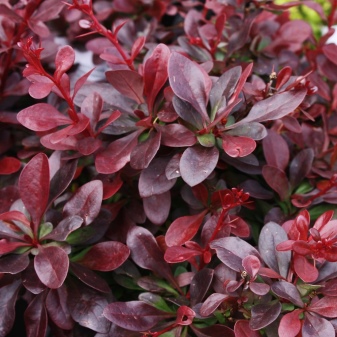
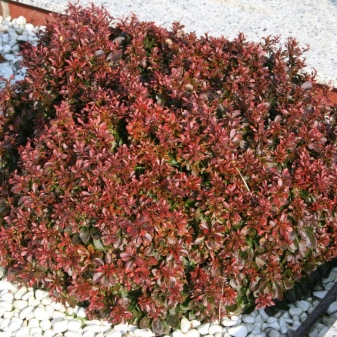
- "Kobold". This variety does not reach more than 0.5 m both in height and in width. Shoots appear already in April. Small ovoid leaves are green in spring, then fade and turn yellow by autumn. The flowering of the variety falls at the beginning of May. The yellow flowers with a red rim look amazing. In September, fruits of a red or pink hue are formed. They can be used in cooking.

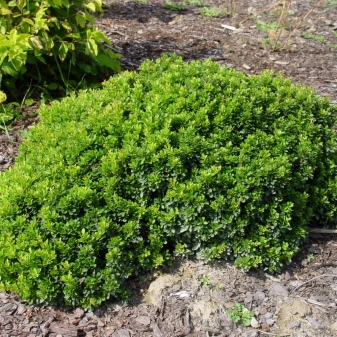
Planting and leaving
Dwarf barberry is planted in the spring with the onset of heat. The kidneys must still be closed. Usually, the bushes take root rather quickly and do not die. If the seedling has roots that are closed from the external environment, then autumn planting is also allowed., but not later than the second half of October, since it must be carried out 1 month before the first frost. Additionally, the bush can be wrapped in twigs and covered with snow.
In order for the barberry to be always saturated in color, you should choose a sunny place for planting. Those plants that grow in the shade cannot boast of bright leaves. Plants with multi-colored shades on the crown and petals especially prefer a sunny place. When choosing a soil, you can give preference to clay, stony or sandy. It shouldn't be quite wet, as this will ruin the plant. Drainage will ensure an even flow of moisture. For it, you can use crushed stone, broken brick, pebbles or pebbles.
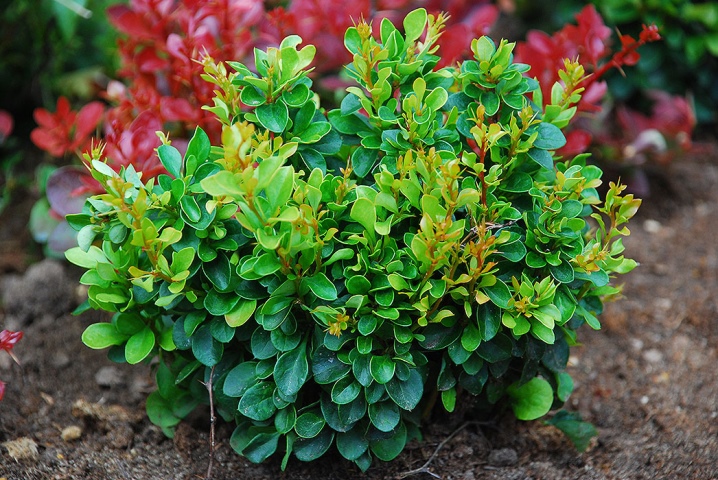
Planting a dwarf barberry should be carried out as follows:
- it is worth digging a hole in 10-14 days;
- sand is poured on the bottom and drainage is laid out;
- a layer of humus and mixed soil is laid;
- take a seedling and put it vertically in a hole, while straightening the roots;
- to the neck of the root system, they are covered with soil, crushed for reliable fixation of the bush;
- with the help of organic matter, mulching of the upper soil layer is carried out;
- then the plant is watered and the tops of the shoots are cut off, it is enough to leave only 5 buds.
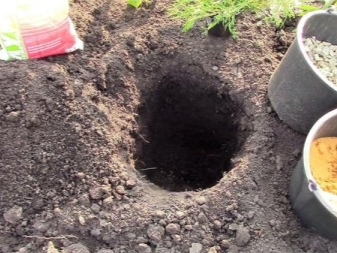
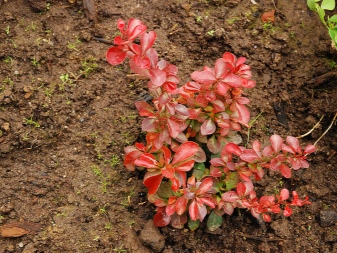
Caring for a dwarf barberry is quite simple, but nevertheless there are several directions to consider.
Watering
Dwarf barberry cannot be called a moisture-loving plant. If precipitation occurs regularly, then the bush does not require additional watering. But in dry weather in summer, the shrub should be watered once every 2 weeks. For undersized varieties, only 5-7 liters will be enough.
To check the need for watering, you need to carefully dig the topsoil. If it is wet, then you do not need to water the plant, it is worth waiting a little longer.
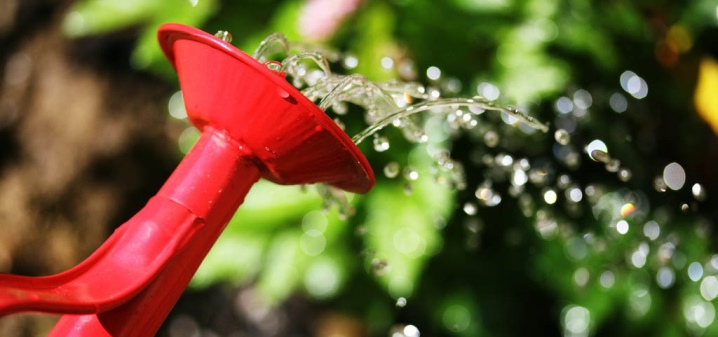
Fertilizer
If mineral fertilizers were applied during planting, then the plants can not be fertilized for another 3 years. Further feeding should be applied in the spring in the form of urea - it contains nitrogen, which is necessary for the growth and formation of a beautiful crown. To prepare it, you need to take 15 grams of dry composition for 5 liters of water. After the flowering period, the dwarf barberry again needs fertilization, but now potassium-phosphorus supplements are added. They allow you to strengthen the root system, help in the formation of berries.

Important! Dwarf barberries do not need pruning. They perfectly retain their beautiful shape. But sometimes you need to update the form a little, the main thing is not to overdo it.
Use in landscape design
Low-growing barberry is quite often used for landscape design. It allows landscaping of gardens, as well as the formation of attractive low-rise hedges.
Dwarf varieties are great for decorating lawns and flower beds. They can be used both separately and together with other plants to embody the most daring and unusual design solutions.

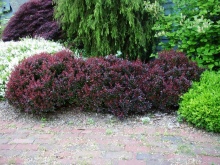

Decorative leaves, bright flowering, beautiful fruits allow you to decorate the territory from early spring to late autumn. Compositions from several varieties look amazing, and you can combine undersized and tall options for barberry.
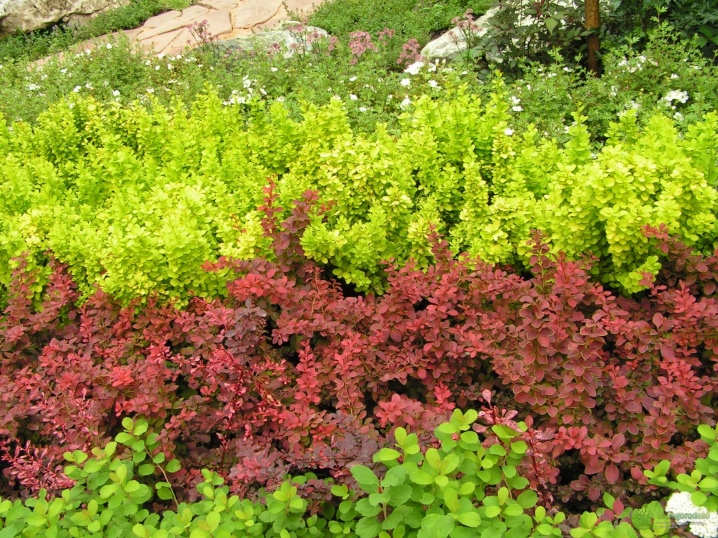
See below for more details.
































































The comment was sent successfully.